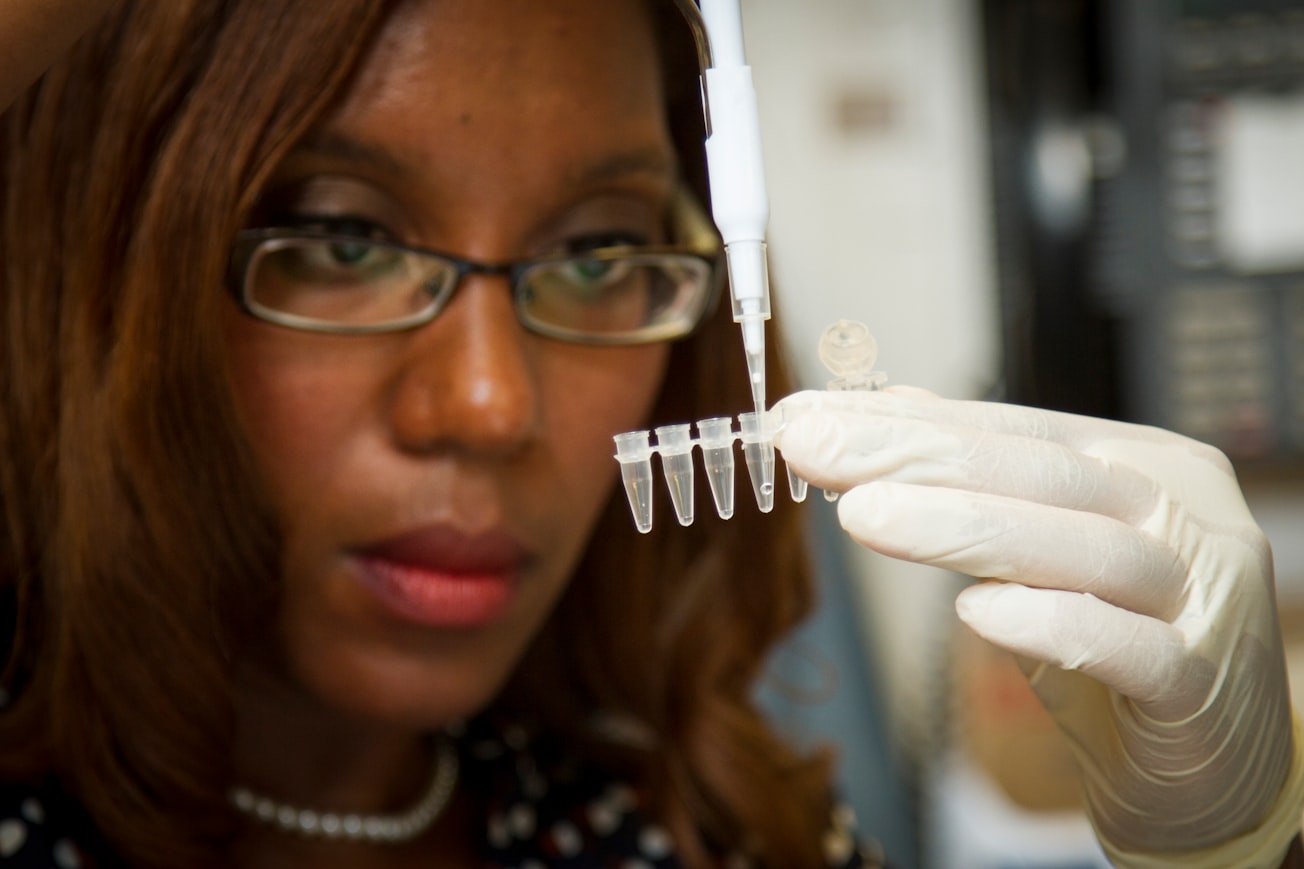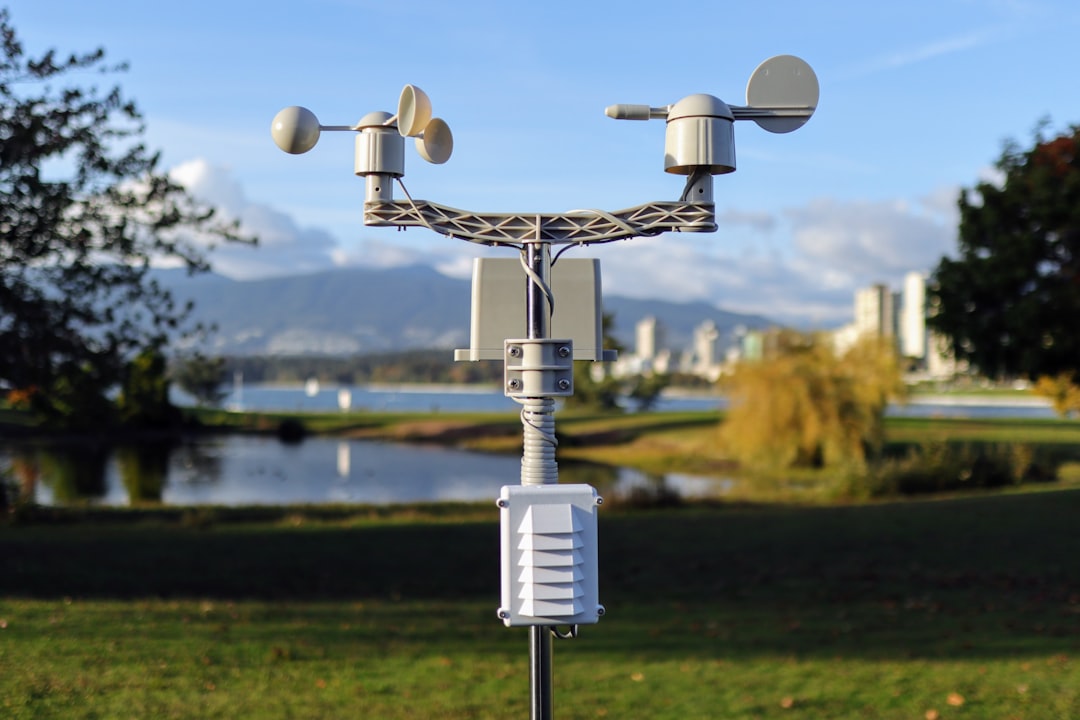What is it about?
Since its outbreak, COVID-19 has posed multiple biomedical challenges‚ some related to its diagnosis. COVID-19 shares symptoms with many other respiratory infections; hence, its diagnosis was sometimes confusing. Several tests were developed to detect the presence of SARS-CoV-2 (the virus that causes COVID-19), or the disease itself, each of which had their advantages and disadvantages. A review published in early 2020 discusses these tests, as well as innovative digital surveillance technologies used to curb disease transmission in the pandemic. Many diagnostic techniques have been touched upon, including: • Nucleic acid tests which used isothermal amplification techniques or Cas13a ribonuclease to detect viral RNA (instead of polymerase chain reactions) • Serological tests that can detect formerly infected cases by testing for antibodies against the virus • Tests that use other protein/cellular markers to detect COVID-19 • Various multiplex assay PCR tests that can identifying several viruses simultaneously • Accessible point-of-care tests that allow individuals to self-detect SARS-CoV-2 infection using cheap, hand-held devices Furthermore, the authors discuss how smartphones are emerging as a new tool for patient monitoring, contact tracing, data collation and sharing, and performing point-of-care tests.
Featured Image

Photo by National Cancer Institute on Unsplash
Why is it important?
Reverse transcription polymerase chain reaction (RT-PCR) tests remain the gold standard for SARS-CoV-2 detection, however, these pose some challenges‚ like their requirement for specialized equipment, and inability to detect prior infection, among others. In a pandemic setting, more accurate, accessible, and rapid diagnostic tests are required. Hence, information about alternative testing techniques (which can complement an RT-PCR) should be widely disseminated, so that clinicians can determine which technique is feasible for a particular setting. KEY TAKEAWAY: The ongoing coronavirus pandemic has created a global health emergency unlike any other, giving impetus for rapid development of diagnostic tools and technologies which could help prepare us for any future healthcare emergencies.
Read the Original
This page is a summary of: Diagnosing COVID-19: The Disease and Tools for Detection, ACS Nano, March 2020, American Chemical Society (ACS),
DOI: 10.1021/acsnano.0c02624.
You can read the full text:
Resources
Switching targets from virus to host: an alternative approach for drug development
Targeting the host instead of the coronavirus can help develop more successful therapies with fewer side effects.
New sensor makes virus testing quicker and less invasive
Access to fast, accurate, and affordable diagnosis of COVID-19 infection is essential to contain the spread of viruses and prevent major outbreaks. A new biosensor could help reduce the seriousness of current and future viral infection outbreaks.
Contributors
Be the first to contribute to this page










